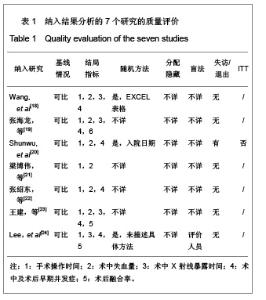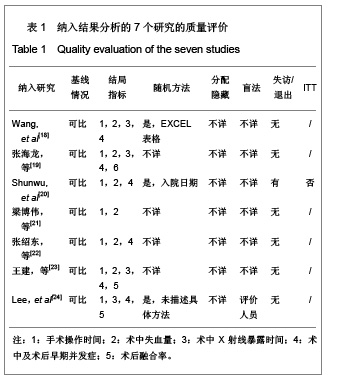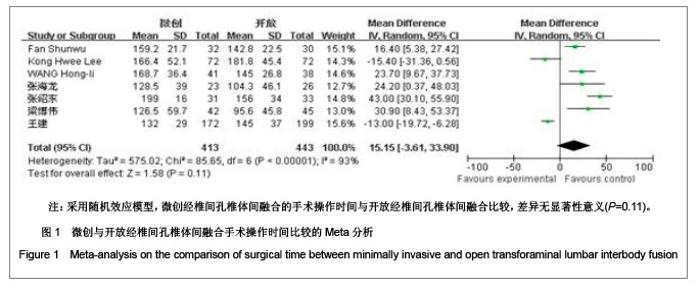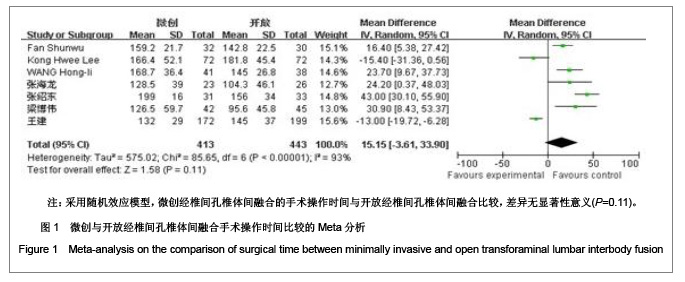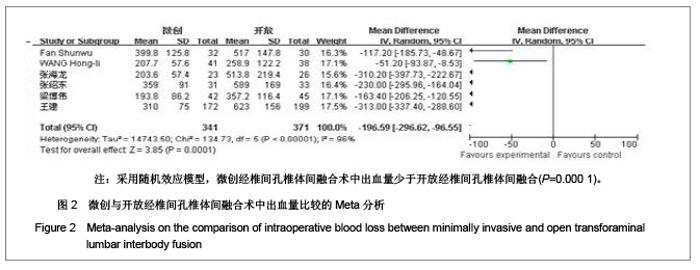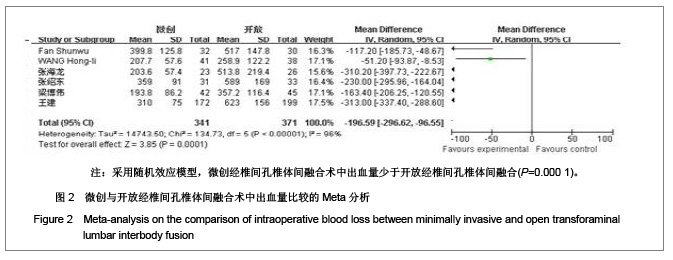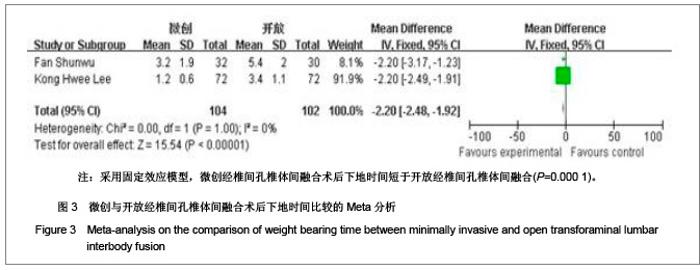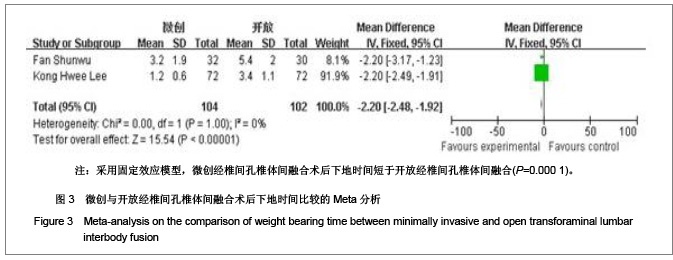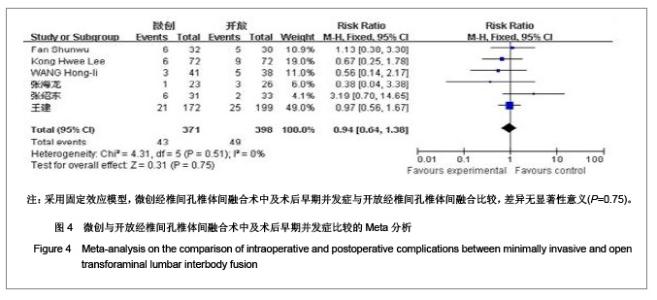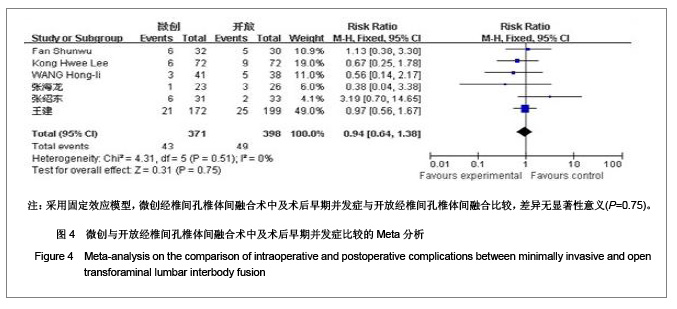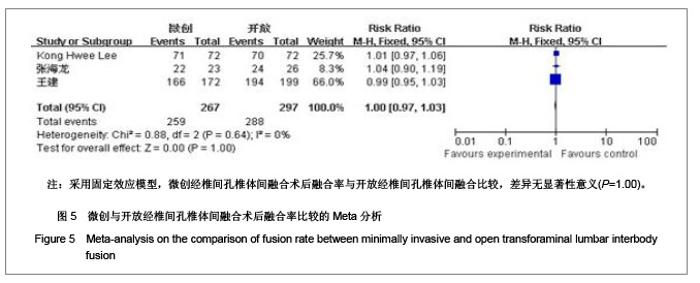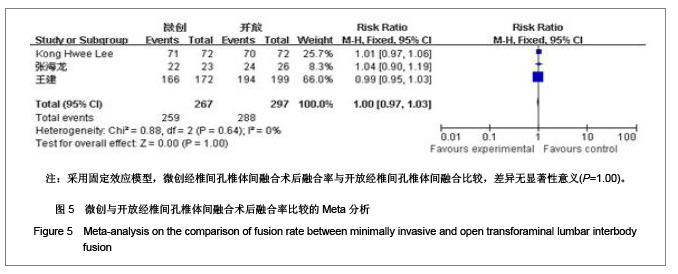| [1] Humphreys SC, Hodges SD, Patwardhan AG,et al. Comparison of posterior and transforaminal approaches to lumbar interbody fusion.Spine (Phila Pa 1976). 2001;26(5):567-571.[2] Lowe TG, Tahernia AD, O'Brien MF, et al. Unilateral transforaminal posterior lumbar interbody fusion (TLIF): indications, technique, and 2-year results. J Spinal Disord Tech. 2002;15(1):31-38.[3] Whitecloud TS 3rd, Roesch WW, Ricciardi JE.Transforaminal interbody fusion versus anterior-posterior interbody fusion of the lumbar spine: a financial analysis.J Spinal Disord. 2001; 14(2):100-103.[4] Lowe TG, Tahernia AD.Unilateral transforaminal posterior lumbar interbody fusion.Clin Orthop Relat Res. 2002;(394): 64-72.[5] Harms JG,Jeszenszky D.The unilateral transforaminal approach for posterior lumbar interbody fusion.Orthop Traumatol.1998;6(2):88-89.[6] Kawaguchi Y, Matsui H, Tsuji H. Back muscle injury after posterior lumbar spine surgery. A histologic and enzymatic analysis. Spine (Phila Pa 1976). 1996;21(8):941-944.[7] Kawaguchi Y, Matsui H, Tsuji H. Back muscle injury after posterior lumbar spine surgery. Part 2: Histologic and histochemical analyses in humans. Spine (Phila Pa 1976). 1994;19(22):2598-2602.[8] Styf JR, Willén J.The effects of external compression by three different retractors on pressure in the erector spine muscles during and after posterior lumbar spine surgery in humans. Spine (Phila Pa 1976). 1998;23(3):354-358.[9] Cai M,Li ZW,He TF,et al. Zhongguo Jizhu Jisui Zazhi. 2010; 20(6):520-521. 蔡明,郦志文,何腾峰,等.经椎间孔单枚融合器植骨椎体间融合术治疗腰椎疾患[J].中国脊柱脊髓杂志,2010,20(6):520-521.[10] Wang J,Zhou Y,Chu TW,et al. Zhongguo Jizhu Jisui Zazhi. 2007;17(12):908-912. 王建,周跃,初同伟,等.改良内窥镜下行后路腰椎间融合和经皮椎弓根螺钉固定治疗腰椎退变性疾患[J].中国脊柱脊髓杂志,2007, 17(12):908-912.[11] Teng HJ,Wang L,Guo ZL,et al. Zhongguo Xiufu Chongjian Waike Zazhi. 2010;24(5):517-520. 滕海军,王亮,郭志良,等.Quadrant通道下单切口治疗腰椎滑脱近期疗效观察[J].中国修复重建外科杂志,2010,24(5):517-520.[12] Isaacs RE, Podichetty VK, Santiago P, et al. Minimally invasive microendoscopy-assisted transforaminal lumbar interbody fusion with instrumentation. J Neurosurg Spine. 2005;3(2):98-105.[13] Schwender JD, Holly LT, Rouben DP,et al. Minimally invasive transforaminal lumbar interbody fusion (TLIF): technical feasibility and initial results. J Spinal Disord Tech. 2005;18 Suppl:S1-6.[14] Scheufler KM, Dohmen H, Vougioukas VI. Percutaneous transforaminal lumbar interbody fusion for the treatment of degenerative lumbar instability. Neurosurgery. 2007;60(4 Suppl 2):203-212; discussion 212-213.[15] Wang J, Zhou Y, Zhang ZF,et al. Comparison of one-level minimally invasive and open transforaminal lumbar interbody fusion in degenerative and isthmic spondylolisthesis grades 1 and 2. Eur Spine J. 2010;19(10):1780-1784.[16] Ozgur BM, Yoo K, Rodriguez G, et al. Minimally-invasive technique for transforaminal lumbar interbody fusion (TLIF). Eur Spine J. 2005;14(9):887-894.[17] Schizas C, Tzinieris N, Tsiridis E, et al. Minimally invasive versus open transforaminal lumbar interbody fusion: evaluating initial experience. Int Orthop. 2009;33(6):1683-1688.[18] Wang HL, Lü FZ, Jiang JY,et al. Minimally invasive lumbar interbody fusion via MAST Quadrant retractor versus open surgery: a prospective randomized clinical trial. Chin Med J (Engl). 2011;124(23):3868-3874.[19] Zhang HL,Gu X,He SS,et al. Zhonghua Guke Zazhi. 2011; 31(10):1088-1092. 张海龙,顾昕,贺石生,等.微创经椎间孔椎体间融合术与开放手术治疗腰椎滑脱症的疗效比较[J].中华骨科杂志,2011,31(10): 1088-1092.[20] Shunwu F, Xing Z, Fengdong Z, et al. Minimally invasive transforaminal lumbar interbody fusion for the treatment of degenerative lumbar diseases.Spine (Phila Pa 1976). 2010; 35(17):1615-1620.[21] Liang BW,Duan GQ,Zhao JM,et al. Zhongguo Xiufu Chongjian Waike Zazhi. 2011;25(12):1449-1454. 梁博伟,殷国前,赵劲民,等.微创经椎间孔椎间融合术治疗退变性腰椎失稳[J].中国修复重建外科杂志,2011,25(12):1449-1454.[22] Zhang SD,Wang H,Chen H,et al. Zhonghua Waike Zazhi. 2009;47(2):112-115. 张绍东,王寰,陈辉,等.微创经椎间孔椎间融合术治疗腰椎退行性疾病[J].中华外科杂志,2009,47(2):112-115.[23] Wang J,Zhou Y,Zhang ZF,et al. Zhonghua Waike Zazhi. 2011; 49(12):1076-1080. 王建,周跃,张正丰,等.微创经椎间孔腰椎体间融合术治疗腰椎滑脱症的临床研究[J].中华外科杂志,2011,49(12):1076-1080.[24] Lee KH, Yue WM, Yeo W,et al. Clinical and radiological outcomes of open versus minimally invasive transforaminal lumbar interbody fusion. Eur Spine J. 2012. [Epub ahead of print][25] Cloward RB.The treatment of ruptured lumbar intervertebral discs by vertebral body fusion. I. Indications, operative technique, after care. J Neurosurg. 1953;10(2):154-168.[26] Lin PM. A technical modification of Cloward's posterior lumbar interbody fusion. Neurosurgery. 1977;1(2):118-124.[27] Foley KT, Holly LT, Schwender JD. Minimally invasive lumbar fusion. Spine (Phila Pa 1976). 2003;28(15 Suppl):S26-35.[28] Lee JC, Jang HD, Shin BJ. Learning curve and clinical outcomes of minimally invasive transforaminal lumbar interbody fusion: our experience in 86 consecutive cases. Spine (Phila Pa 1976). 2012;37(18):1548-1557.[29] Zeng SF,Wang J,Lu Y,et al. Zhongguo Jizhu Jisui Zazhi. 2011; 21(5):399-403. 曾顺福,王建,陆炎,等.单节段微创经椎间孔腰椎椎体间融合内固定治疗腰椎滑脱症的效果[J].中国脊柱脊髓杂志,2011,21(5): 399-403.[30] Wu RH, Fraser JF, Härtl R. Minimal access versus open transforaminal lumbar interbody fusion: meta-analysis of fusion rates. Spine (Phila Pa 1976). 2010;35(26):2273-2281. |
